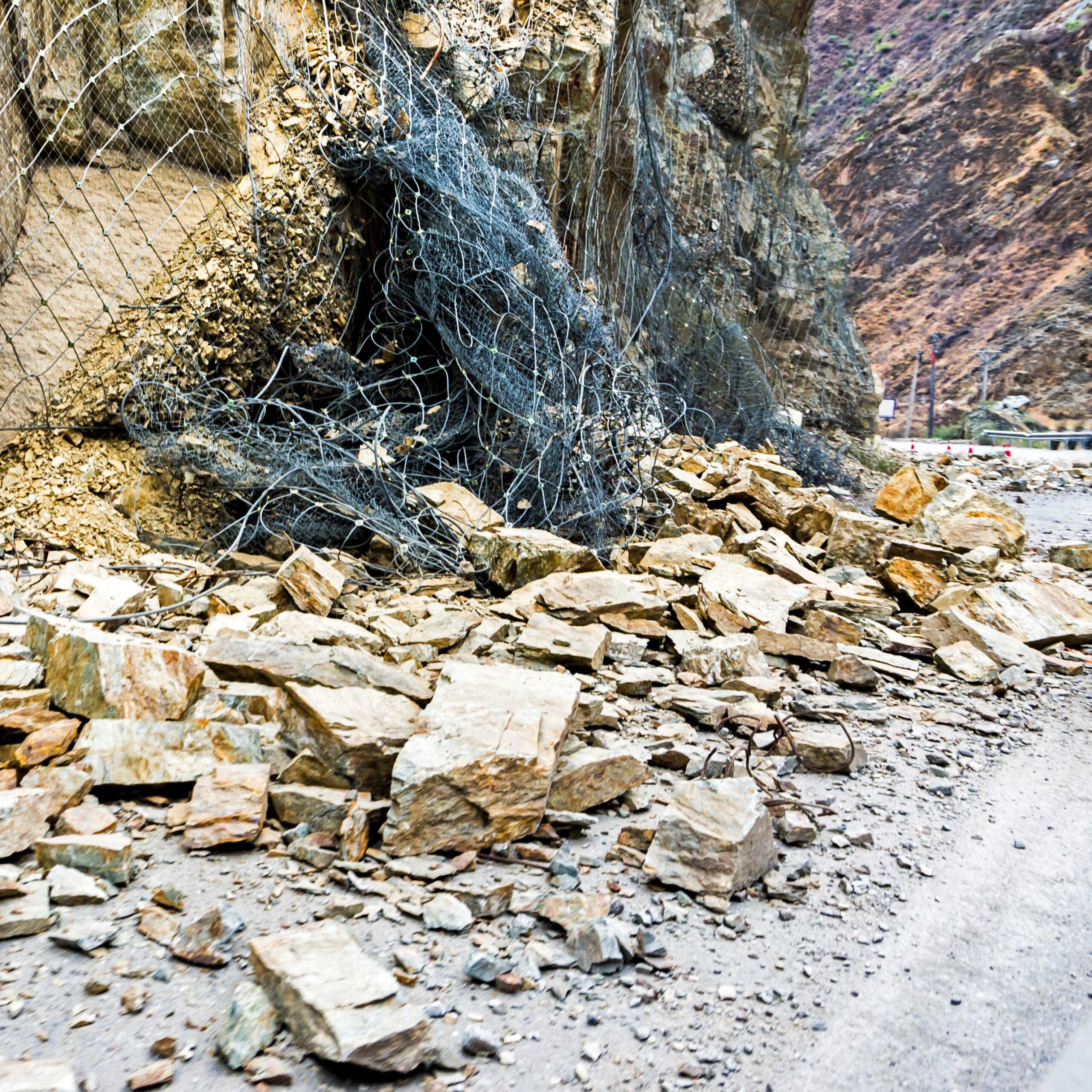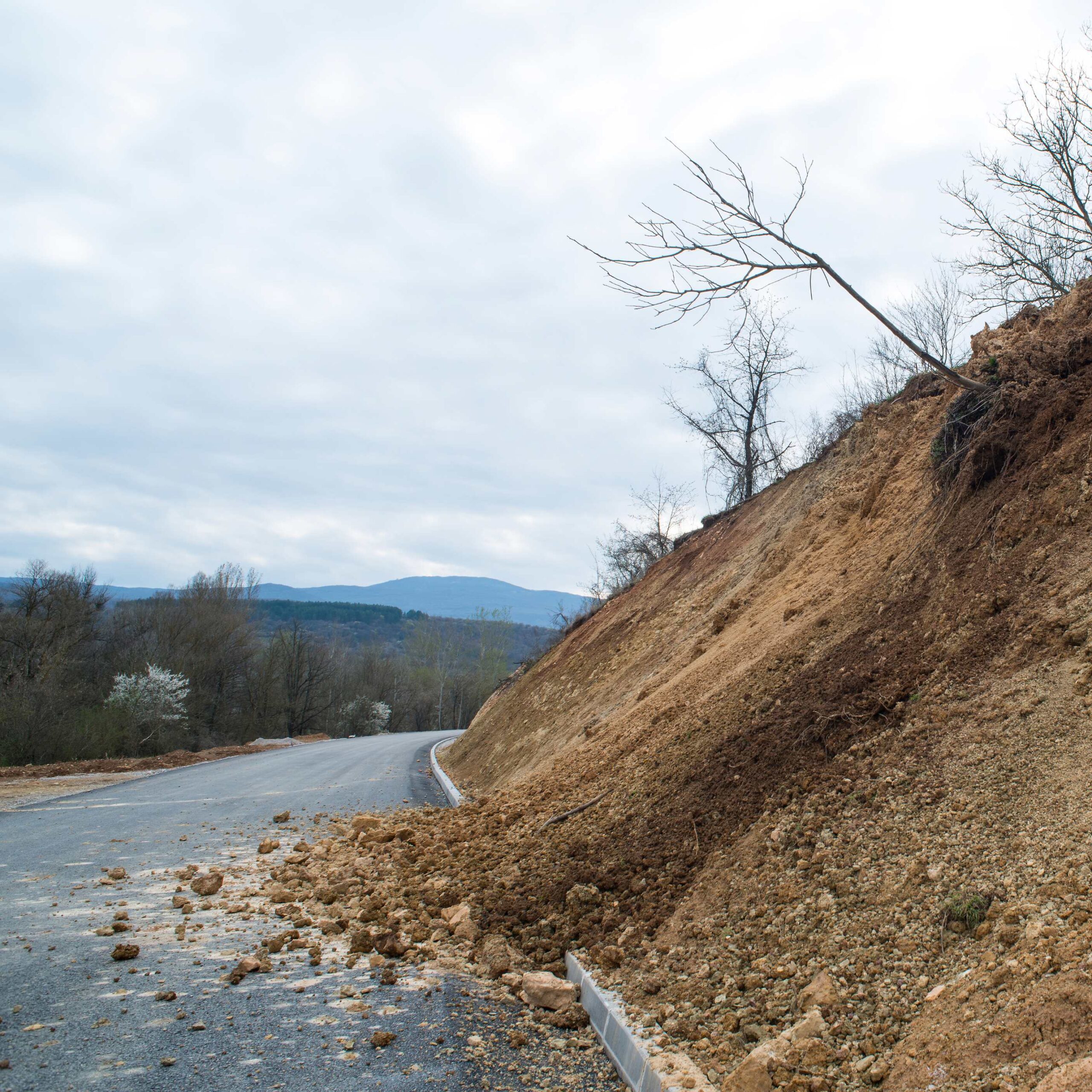Landslides in Skamania County
Skamania County’s dramatic landscapes—characterized by steep slopes, rugged mountains, and abundant rainfall—make it particularly susceptible to landslides. These natural events occur when soil, rocks, and vegetation lose stability and slide downhill, often triggered by a combination of natural factors and human activities.

Why Landslides Occur in Skamania County
Geographic and Geological Features:
Steep Slopes: The county’s mountainous terrain, including the Cascade Range, naturally predisposes it to landslides.
Volcanic Soil: Volcanic deposits from Mount St. Helens are loose and easily destabilized, especially when saturated.
River and Gorge Proximity: Erosion along the Columbia River and its tributaries weakens hillsides, making them prone to collapse.

Weather-Related Triggers
Heavy Rainfall: Intense rainstorms saturate the soil, reducing its cohesion and increasing the likelihood of slides.
Snowmelt: Rapid snowmelt during warmer periods adds significant moisture to the ground.
Flooding: High water levels erode the base of slopes, undermining stability.
Wildfire Aftermath:
Burned landscapes are more prone to landslides due to the loss of vegetation, which stabilizes the soil.
Ash and loose debris from wildfires can wash down slopes more easily during rainstorms.
Human Activities:
Logging and road construction can destabilize slopes by removing vegetation and altering drainage patterns.
Development on steep terrain or poorly planned land use can exacerbate landslide risks.

Impacts of Landslides in Skamania County
Road and Transportation Disruption:
Landslides frequently block major routes, including roads through the Columbia River Gorge, cutting off access to towns and emergency services.
Debris flows can damage bridges and culverts, requiring costly repairs.
Property Damage:
Homes and buildings located on or near slopes can be destroyed or buried by moving earth.
Landslides can disrupt water and utility lines, further impacting residents.
Environmental Changes:
Landslides alter the landscape, rerouting streams and affecting habitats for fish and wildlife.
Soil erosion can lead to sedimentation in rivers, harming aquatic ecosystems and water quality.
Risk to Human Life:
Large or sudden landslides pose a direct threat to lives, especially in remote or unprepared areas.
Landslides can occur without warning, particularly during heavy rain or after wildfires.

Notable Landslide-Prone Areas in Skamania County
Columbia River Gorge Slopes:
- The steep cliffs of the Gorge frequently experience rockfalls and landslides, often triggered by rainstorms or erosion.
Mount St. Helens Region:
- Volcanic activity and loose ash deposits create high-risk zones for landslides and debris flows.
Wind River and Washougal River Valleys:
These areas see frequent erosion and landslides due to the combination of steep terrain and riverbank weakening.

Preventative Measures and Monitoring
Slope Stabilization: Planting vegetation, installing retaining walls, and managing drainage systems help reduce landslide risks.
Land Use Planning: Avoiding construction on unstable slopes or in high-risk zones minimizes property damage.
Landslide Monitoring: Officials use technology like ground sensors and aerial mapping to identify and predict potential landslides.
Community Awareness: Education about landslide risks and preparedness is key for residents living in vulnerable areas.
Landslides are a natural hazard that residents of Skamania County must navigate due to the region’s unique geography and weather patterns. While they are an inherent risk of living in such a stunning and rugged environment, awareness, preparation, and proper land management can significantly mitigate their impact.